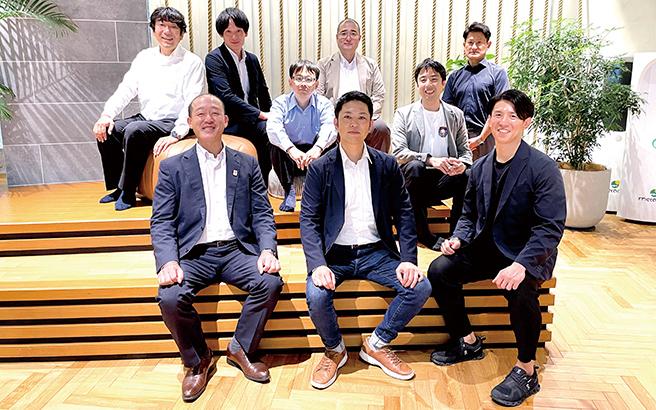
Three Areas Supporting Communications and Broadcasting
Their Strengths, Strategies, and Outlook
Overwhelming development capabilities for high-speed, high-capacity 10G-EPON -Network Products Department
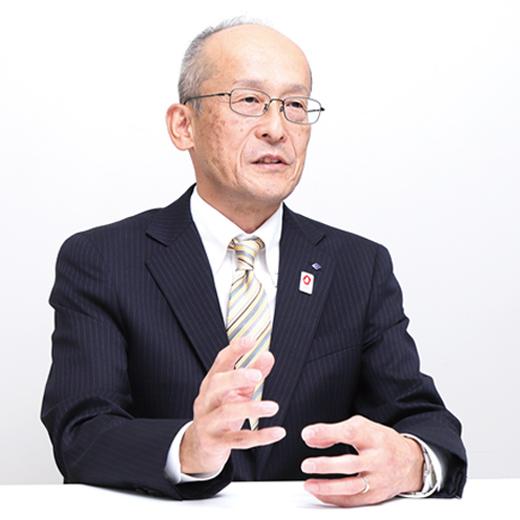
The mission of the network products business is to develop communications equipment for FTTH, which connects service providers’ facilities to each home via optical fiber. Customers include major telecommunications carriers and power-related telecommunications carriers. The telecommunications equipment we handle includes 10G-EPON OLTs*1, which are installed in the facilities of telecommunications carriers, as well as terminal devices such as ONUs*2 and home gateways*3, which are installed in end-user homes. The main product is the 10G-EPON OLT. The person behind its development is Hiroshi Murata, General Manager of the Network Products Department.
“We were among the first to anticipate the trend of high-speed upgrade from 1G to 10G for FTTH and were involved in the international standardization of 10G-EPON. We successfully brought the 10G-EPON OLT to the market after developing ICs and devices and acquiring their intellectual property rights. Since then, we have maintained the top market share for 10G-EPON OLTs and other equipment that supports FTTH and have received high praise from customers,” said Murata.
10G-EPON OLTs continue to maintain a high market share of approximately 70%. What is the reason for its strength?
“Our strengths are our technical capabilities in FTTH and our track record and experience spanning more than 20 years. Both the hardware and software for the facilities of telecommunications carriers are developed in-house, allowing us to meet the diverse needs of our customers. For example, we have the interconnection technology that connects other companies’ ONUs to our OLTs. Customers can upgrade our OLTs to new ones without replacing terminals on end users,” said Murata.
What are the challenges and future strategies? “The first is to reduce electricity consumption in order to achieve carbon neutrality. Other challenges include increasing speeds to 25G and 50G, as well as increasing Wi-Fi speeds in the home. While tackling these challenges, we will collaborate with our R&D Group to advance specific initiatives aimed at realizing an APN*4,” said Murata.
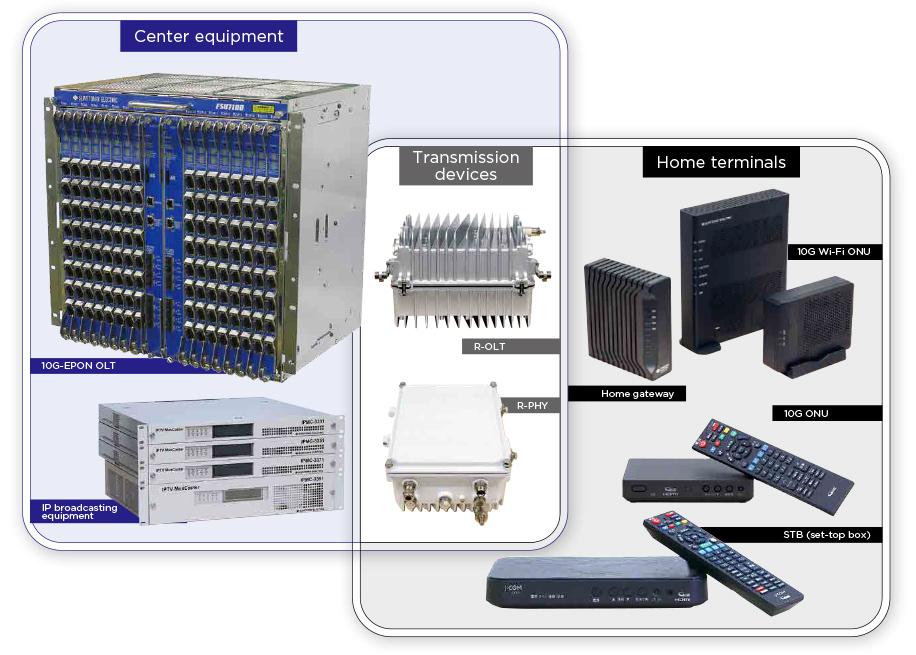
Developing services using STB creates new value -Video Products Department
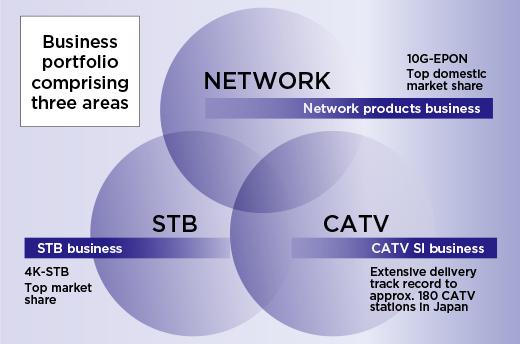
The Video Products Department operates a business centered on receiving terminals called set-top boxes (STB), which convert video signals sent from broadcasting stations, etc. into television signals. Digital high-definition broadcasting began on terrestrial television in 2003, but on the Internet, the problem of partial data loss (lost packets) became apparent. Sumitomo Electric, together with a Silicon Valley startup in which it has invested, developed an IP-STB incorporating FEC*5, a function that recovers lost packets. This achieved the maintenance of the world’s highest level of video quality at the time and successfully demonstrated low-latency, high-quality video transmission. Shinya Uemachi, General Manager of the Video Products Department, pointed out that Sumitomo Electric "has been leading the way.”
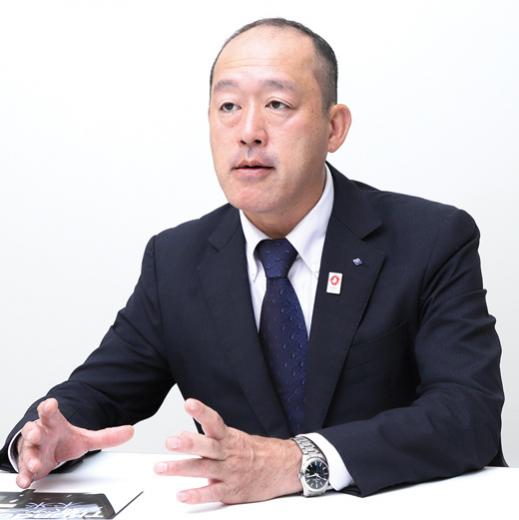
“We commercialized the world’s most powerful multi-channel capable and FEC-equipped IP-STB at the time. In 2008, with the spread of FTTH, we provided the world’s first IP-STB compatible with IP retransmission of digital terrestrial television broadcasting, establishing our business. Since the commencement of advanced BS broadcasting in 2018, we have utilized our developed technology to commercialize a highly functional BS4K-compatible STB equipped with our proprietary middleware*6 stbcoreTM on GoogleTM Android TVTM. This has enabled us to achieve the top market share in this field,” said Uemachi.
The subsequent launch of a BS4K-compatible entry-level STB was challenging for the Video Products Department as it sought to further expand its market share. However, the decline of TV viewership among young people is an urgent challenge.
“To address this challenge, we need to add new value to STBs in the future. As part of our efforts to create new services, we have begun collaborating with a company that provides remote tourism streaming services for the elderly or dependent people. Additionally, we have started validation testing of next-generation services for XR devices that take advantage of APN’s low latency and wide bandwidth. We are also working on ideas for interactive robots integrated with STBs,” said Uemachi.
One-stop service from development to sales to construction -CATV Systems Department
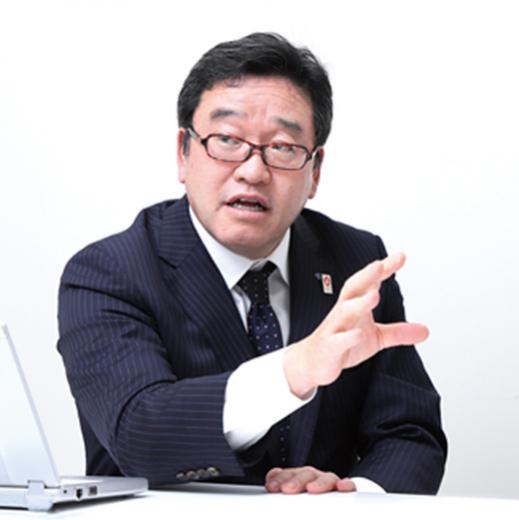
The CATV Systems Department operates a system integration business that covers the total design, construction, and maintenance of CATV equipment. Since 2000, in order to accommodate faster communications speeds, CATV networks have evolved from HFC*7, which combines coaxial cable and optical fiber, to FTTC*8, which lays optical fiber right up to the edges of buildings and homes, and then to FTTH, which connects base stations to each home via optical fiber. In recent years, FTTH deployment (photonics transition) has been implemented intensively across the country using government subsidies, and the department has successfully expanded sales of its flagship product, 10G-EPON OLT, and has secured the top market share.
“Currently, we are focusing on providing systems that improve the convenience and maintainability of the expansive 10G-EPON product lineup. We offer a diverse lineup of products, including 10G-EPON management equipment with greater subscriber capacity, redundant systems that automatically switch to a backup system in the event of a failure, and terminals that enhance the home wireless environment. In our proposals for transitioning to photonics, we customize our suggestions to align with the renewal plans of CATV operators, such as gradual transition using DAA*9 and solutions for apartment complexes where transitioning to photonics is difficult,” said Hatanaka.
The success of a pilot project for an all-IP system should be noted.
“The all-IP transition using FTTH is a significant trend within the CATV industry, and we are proud to be leading the way in this technology. This transition to all-IP is expected to reduce equipment costs, optimize space, and reduce power consumption. We leverage our strengths in developing everything in-house, from center equipment to terminals for broadcasting and communications. Additionally, we offer a comprehensive one-stop service that includes installation. Our goal is to contribute to the development of information and communications infrastructure that supports the local community in collaboration with CATV operators,” said Hatanaka.
*1: Abbreviation of Optical Line Terminal, which is installed at the carriers’ offices
*2: Optical Network Unit: an optical line terminal installed on the subscriber’s premises.
*3: A multi-function router, which includes a router, a telephone, Wi-Fi, and other functions all in one device.
*4: Abbreviation of All-Photonics Network, which is entirely based on optical technology.
*5: Forward Error Correction: a technique for detecting and correcting errors caused by imperfect transmission.
*6: Software that operates between the operating system (OS) and applications. It shortens development time and provides users with high-quality, diverse functions.
*7: Hybrid Fiber-Coaxial: a network made up of coaxial cables and optical fibers.
*8: Fiber To The Curb: a connection method that uses optical fiber to connect to the curb of the building.
*9: Distributed Access Architecture
Android TV and Google are trademarks or registered trademarks of Google LLC in the United States and other countries.
NEXT
At the Forefront of Broadband
- Energy Efficiency of OLTs, Expanding Demand for STBs, and Innovations in Networks for CATV -
Registration of public notification
If you register your e-mail address, we will notify you when the latest issue is published. If you wish, please register from the registration form.
To delete your registration, please visit here.



